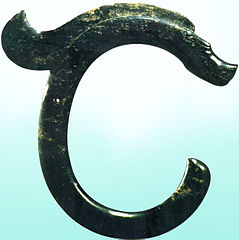
It had been thought that the deserts in northern China are one million years old, but a new study of the Hunshandake Sandy Lands of Inner Mongolia suggests that its desert is only 4,000 years old. Xiaoping Yang of the Chinese Academy of Sciences, Louis Scuderi of the University of New Mexico, and their colleagues examined the patterns of dunes and depressions in the region and lake sediments, and they dated quartz from the region with a technique known as optically stimulated luminescence. They found that Hunshandake had deep lakes and rivers beginning some 12,000 years ago. “We’re amazed by how much water there was back then. There were very, very large lakes, and grasslands and forests. And based on all the artifacts we’ve found out there, there was clearly a very large population along the lake shores,” Scuderi told Live Science. Then some 4,200 years ago, the region rapidly dried out during a major, worldwide climatic shift that caused droughts throughout the northern hemisphere. These changes may have pushed the people of the Hongshan culture out of the remote north and into the rest of China. “An important possible line of research in the future is to figure out how important the Hongshan culture was to the development of later Chinese culture,” Scuderi explained. In fact, some of the earliest jade artifacts in the country are from Hongshan sites, yet the cradle of Chinese civilization has usually been placed in the Yellow River basin. To read about how climate change is impacting archaeological sites today, see "Climate Change: Sites in Peril."

No comments:
Post a Comment